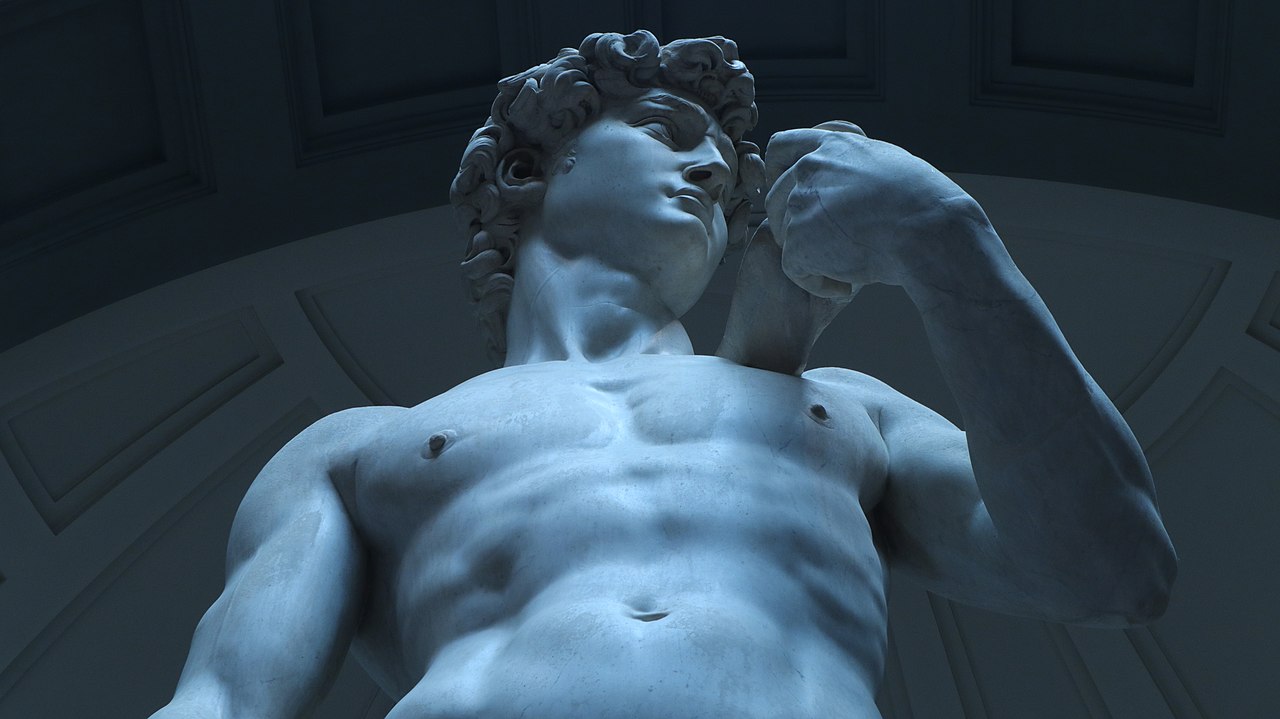Usually we talk about lesser-known people, places and things on this show, but on this Tuesday, January 7th, we’re taking up one of the most famous works of art in history: Michelangelo’s David.
The sculpture has been known for centuries, in part because of its extraordinary detail. And last week we learned it may be even more detailed than we knew.
A doctor, Daniel Gelfman, wrote in a letter to JAMA Cardiology that when he saw David last year in Florence, he noticed that the figure’s jugular vein is visible (distended, is the more medical term) above his collarbone.
This only happens in two cases, when a person s in poor health, or when, like David, the person is in a state of excitement – like, say, when about to enter into battle with a giant named Goliath.
Michelangelo added this same detail in other works as well, so he must have noticed this detail that other artists had missed.
But here’s the fascinating part: David was made in the year 1504.
Medical science didn’t recognize this detail about the human circulatory system, or at least write about it, until the 1600s, more than a century later.
So we have all sorts of fancy medical imaging equipment that they didn’t have 500 years ago, but they did ok because they had Michelangelo.
Michelangelo saw things other people didn’t see, and so did Shawn Seipler.
He wondered where all those little bars of hotel room soap were going after checkout, and when told they were being tossed, he set up Clean the World.
The group collects, sterilizes and recycles these old soaps into new bars, which are sent to people in need all over the world, who use the soap to stay clean and fend off disease.
So far, they’ve sent 50 million soaps to 127 countries. Doesn’t hearing that just make you feel cleaner?
A Medical Insight in Michelangelo’s David, ‘Hiding in Plain Sight’ (US News & World Report)
How Used Hilton Hotel Soaps Get Recycled (Tech Insider)
Cool Weird Awesome is powered by our backers on Patreon!
David photo by Maksim Sokolov (maxergon.com) – Own work, CC BY-SA 4.0 via Wikicommons

